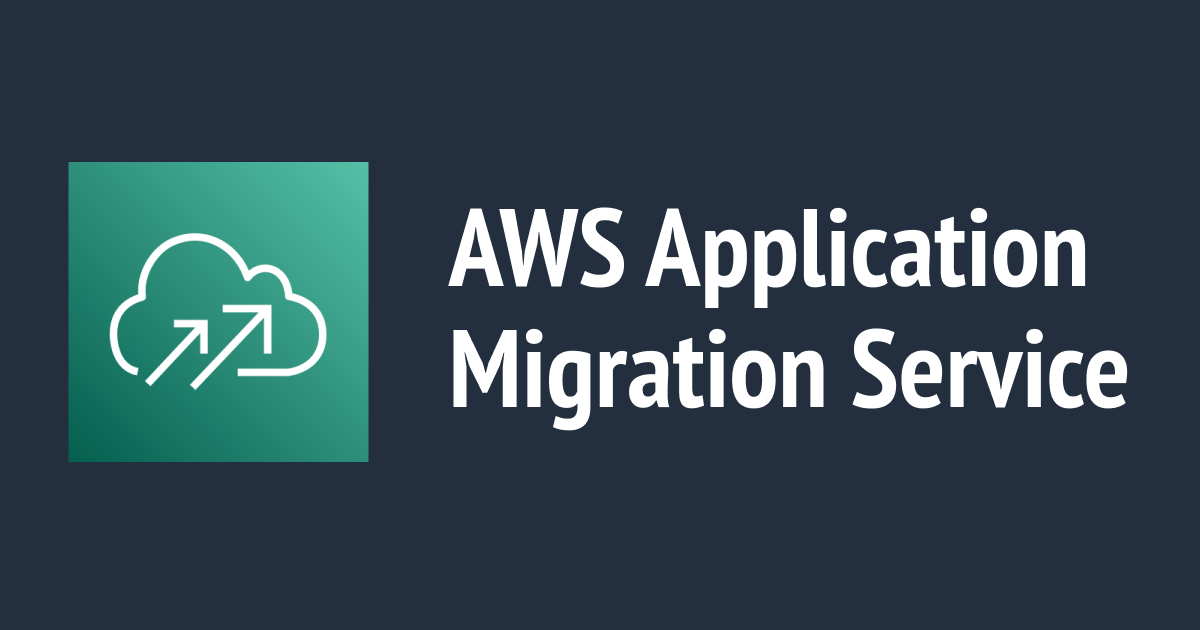Simplifying AWS Application Migration: A Step-by-Step Guide
 Sumit Mondal
Sumit MondalTable of contents
- Introduction:
- Step 1: Understand AWS Application Migration Service
- Step 2: Assess Your Applications
- Step 3: Set Up the Migration Hub
- Step 4: Install Server Migration Connector
- Step 5: Discover and Assess Applications
- Step 6: Create a Migration Plan
- Step 7: Start the Migration
- Step 8: Validate and Optimize
- Conclusion:

Introduction:
Migrating applications to the cloud has become a necessity for businesses seeking agility, scalability, and cost-efficiency. Amazon Web Services (AWS) offers a robust solution for application migration through the AWS Application Migration Service. In this blog, we'll walk you through a simplified, step-by-step guide on how to implement AWS Application Migration Service to seamlessly transition your applications to the cloud.
Step 1: Understand AWS Application Migration Service
Before diving into the implementation, let's grasp the fundamentals of AWS Application Migration Service. This service simplifies and accelerates the migration of on-premises applications to AWS. It provides a comprehensive suite of tools to assess, plan, and execute the migration with minimal downtime.
Step 2: Assess Your Applications
Start by assessing your current applications to identify dependencies, resource utilization, and performance metrics. AWS Migration Hub and the Server Migration Service can assist you in gathering this information. This step is crucial for creating an effective migration plan tailored to your specific requirements.
Step 3: Set Up the Migration Hub
AWS Migration Hub serves as a central console to track and manage your migration journey. Begin by creating a Migration Hub project to organize and monitor your application migrations. This centralized hub simplifies tracking, making it easier to manage multiple migrations simultaneously.
Step 4: Install Server Migration Connector
To enable communication between your on-premises environment and AWS, install the Server Migration Connector. This lightweight agent facilitates data transfer, ensuring a secure and seamless migration process. Follow the installation instructions provided by AWS to set up the connector on your servers.
Step 5: Discover and Assess Applications
Utilize AWS Server Migration Service to discover and assess your applications. This service automates the discovery of on-premises servers, gathers configuration information, and assesses their readiness for migration. The assessment results will help you understand potential challenges and make informed decisions.
Step 6: Create a Migration Plan
Based on the assessment results, create a detailed migration plan outlining the sequence, dependencies, and timelines for each application. AWS Application Migration Service offers a Migration Readiness Assessment (MRA) report that provides recommendations for optimizing your environment before migration.
Step 7: Start the Migration
With your plan in place, it's time to initiate the migration process. AWS Server Migration Service enables you to replicate your on-premises servers to AWS, minimizing downtime and ensuring a smooth transition. Monitor the progress through the Migration Hub console for real-time updates.
Step 8: Validate and Optimize
After migration, validate the functionality of your applications on AWS. Conduct thorough testing to ensure that everything operates as expected. Additionally, take advantage of AWS tools and services to optimize your environment for performance, security, and cost-efficiency.
Conclusion:
AWS Application Migration Service simplifies the complex task of migrating applications to the cloud. By following this step-by-step guide, you can ensure a smooth and efficient migration process, minimizing downtime and maximizing the benefits of AWS. Remember, meticulous planning and ongoing optimization are key to a successful application migration. Embrace the flexibility and scalability of AWS, and propel your business into the future of cloud computing.
Subscribe to my newsletter
Read articles from Sumit Mondal directly inside your inbox. Subscribe to the newsletter, and don't miss out.
Written by

Sumit Mondal
Sumit Mondal
Hello Hashnode Community! I'm Sumit Mondal, your friendly neighborhood DevOps Engineer on a mission to elevate the world of software development and operations! Join me on Hashnode, and let's code, deploy, and innovate our way to success! Together, we'll shape the future of DevOps one commit at a time. #DevOps #Automation #ContinuousDelivery #HashnodeHero